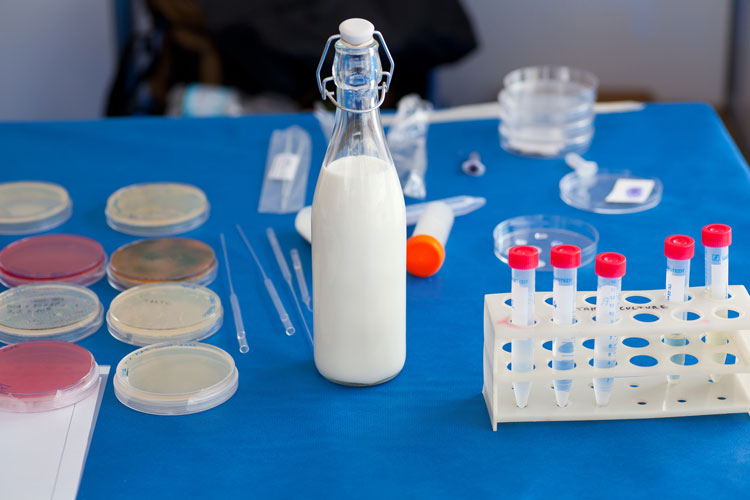
Starting this July, federal and state regulators will start a new pilot program to test bulk milk tank trucks for tetracycline and its entire family of antibiotics. That includes oxytetracycline, tetracycline, and chlortetracycline. This testing will be above and beyond testing for beta-lactam drugs that is already required by the Pasteurized Milk Ordinance (PMO) that governs Grade A milk production in the United States.
When nondairy farm neighbors bring up enhanced milk testing, it’s important to remind them that any tanker found with a drug residue violation is rejected and that milk never reaches store shelves for human consumption. That has always been the case.
Back to the new testing
While the tetracycline family of antibiotics does not have an approved intramammary use for treating mastitis, there are other approved applications on the dairy farm when administered with a valid Veterinarian-Client-Patient Relationship or VCPR. For example, oxytetracycline can be used as an injectable drug to treat pneumonia, shipping fever, bacterial scours, and metritis. It also can be applied topically to treat eye infections such as pinkeye.
Meanwhile tetracycline has been used for years to treat digital dermatitis. However, that use must take place with a veterinarian because there is no Food and Drug Administration (FDA) approval to use it in that fashion. That means hoof trimmers must work with veterinarians to develop treatment protocols with dose and milk and meat withdrawal times.
Test for milk
There are two approved FDA tests to check for tetracycline and two more on the way.
The stepped-up milk testing will take place for at least 18 months.
To comment, email your remarks to intel@hoards.com.
© Hoard's Dairyman Intel 2017
June 5, 2017








